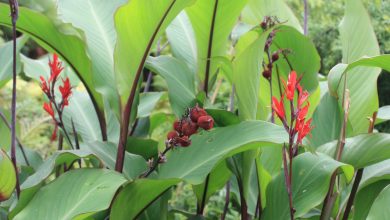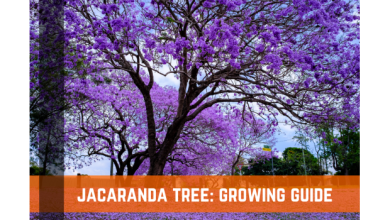Deciduous Forest: [Concept, Characteristics, Fauna and Flora]
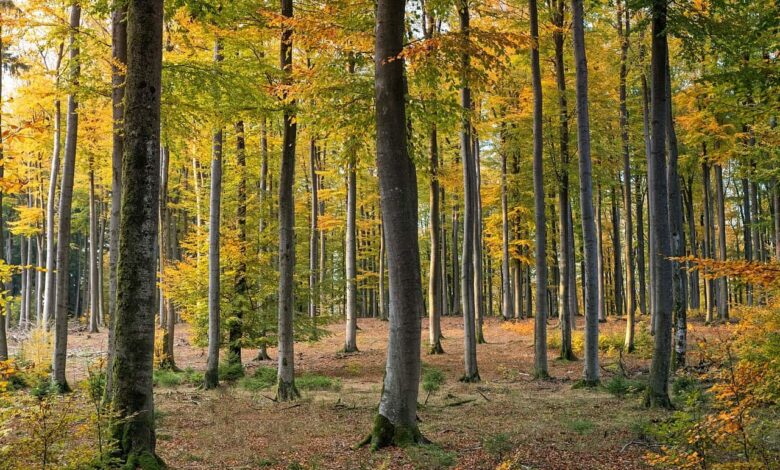
What is a deciduous forest?
A biome is a certain part of the planet that shares a related climate, vegetation and fauna. Some of the biomes recognized by ecologists are the tundra, coniferous forest, deciduous forests, etc.
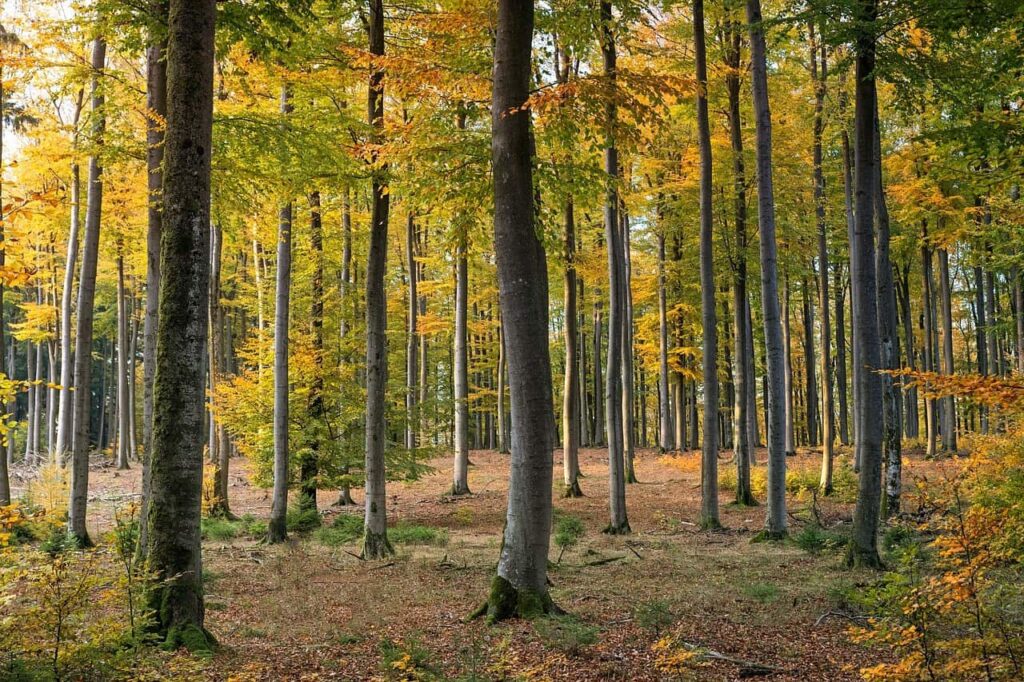 The trees of the deciduous forest are renewed in the hot and rainy season, with a humid continental climate.
The trees of the deciduous forest are renewed in the hot and rainy season, with a humid continental climate.
The Earth has temperate deciduous forests and tropical and subtropical deciduous forests , also known like dry forests, that provide a wonderful visual spectacle , of fullness because they lavish a lot of peace and chromatic harmony.
Cold temperature forests have abundant rainfall throughout the year, up to 1500 mm per year.
In this biome there is rainfall in summer, a season in which evapotranspiration is highest and the demand for water from the soil is greatest , while in spring there is a surplus of water in the soil.
Trees within these biomes generally tend to lose their leaves during the dry season and they grow back at the beginning of the rainy season.
In temperate deciduous forests, trees lose their leaves in the fall and grow back in the spring .
Large areas were deforested and replaced by fields and cities over the years .
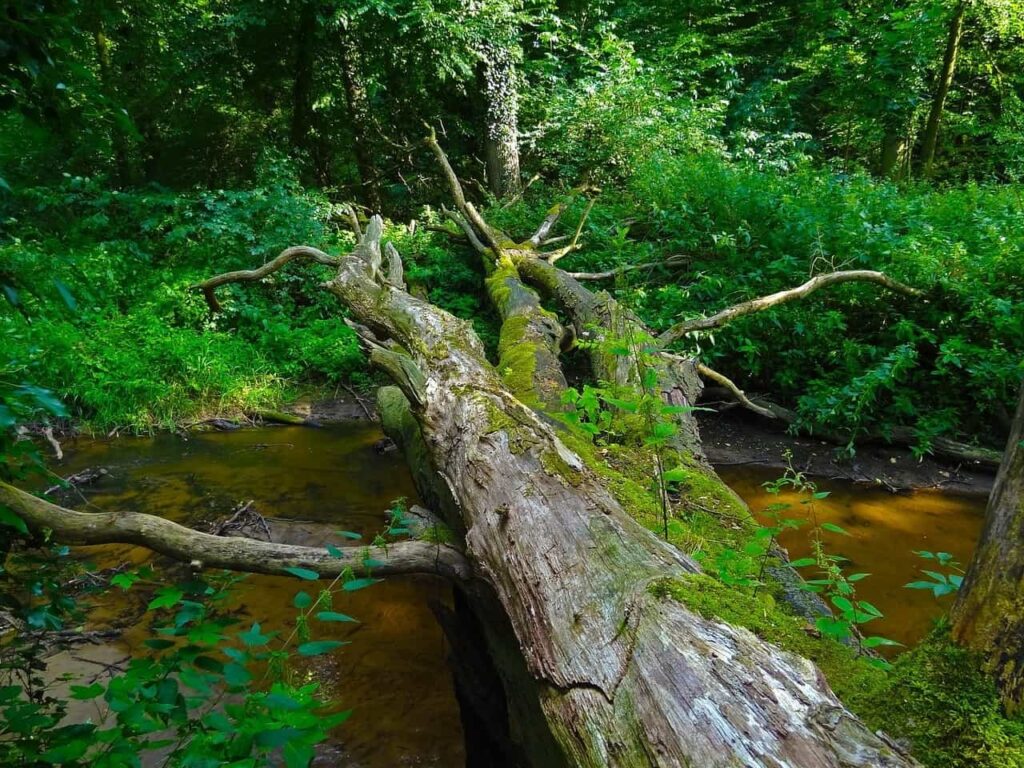 In East Asia, the undisturbed mass of deciduous forest is in the mountains of Korea.
In East Asia, the undisturbed mass of deciduous forest is in the mountains of Korea.
In Europe some areas remain that are preserved over time after being protected as hunting reserves.
In North America, where the great mass of deciduous forest is, they are conserved in the famous Appalachian Mountains.
The soils of this type of forest are brown and thanks to the fact that they contain a large quantity of earthworms, their humus mineralizes quite quickly, with sufficient humidity and good aeration.
Due to these properties, soils are particularly favorable to vegetation and in the cold season only freeze in the most superficial layer.
What types of plants and trees live in a deciduous forest?
Despite this, there is an immense variety of species that survive in these conditions, as their branches do more than provide shade; they also provide the nutrients necessary for the tree to prosper. An example is the weeping willow .
One of the characteristics of these trees is that they shed their leaves in winter , and they are left without a way to perspire with what they are able to retain the water they need to survive the winter .
There are an immense number of plant species in these forests, in three layers of vegetation.
- The first formed by lichens, mosses and ferns, wild flowers , and other plants found on the forest floor.
- The intermediate phase is made up of the bushes.
- And the third level is made up of rough wood trees such as maple , oak , jacaranda , birch, magnolia and beech .
With them live some floral species that have known how to adapt to the conditions of the forest, such as the Monotropa uniflora and the Corallorhiza orchids .
What are the characteristics of a deciduous forest?
The principal caracteristics of these forests are the following:
- The deciduous forest biome experiences all four seasons of the year.
- In deciduous forests, trees adapt to seasonal changes , and in this sense, they shed leaves in winter , sprout leaves in spring , grow full leaves in summer, and change leaf colors in autumn.
- The temperature of the forest does not reach extreme levels and it is generally pleasant in summer .
- During the fall season , the leaves of the trees in this biome change color. This is because they stop producing chlorophyll, which gives leaves their green color, during this time.
- Trees that shed their leaves in winter are very important. After losing their leaves, the trees in this biome go through a dormant period , during the winter months , where they do not grow or consume excessive amounts of nutrients.
- Deciduous trees are trees with broad leaves . By comparison, most trees native to snow forests have pine needles , which are pin-like leaves.
- The soil in this forest is very fertile and rich in nutrients.
- Most of the trees in this biome have sap ; They use the sap to prevent their roots from freezing during the winter season.
- Plants in the forest adapt in two ways: first, they lean more towards the sun (for correct photosynthesis ), and second, they use their roots to absorb nutrients from the soil.
- The growing season within this ecosystem can take up to six months.
- Black bears , in particular, are the animals best adapted to the temperate deciduous forest biome . They have heavy layers of fur that keep them warm in the winter months .
- To date, a large part of the deciduous forest biomes have been lost to agriculture and urbanization . Many of the animals that are native to this ecological habitat have been displaced and have lost their homes.
- Deciduous forest biomes are also important to human lives . They are a great resource for food, wood, and oxygen .
- But humans are also causing damage to these ecological areas . Indiscriminate logging has reduced forests.
- Indeed, deforestation has tended to destroy these forests, because wood is one of the main products obtained at the cost of the sacrifice of trees, so much of this biome has disappeared, especially in North America and Europe.
- Another characteristic is that their soils are nutritious and because they are so valuable for agriculture , they have given way to human development to the detriment of nature.
Deciduous forest fauna
In winter , the forest changes a lot. Birds migrate to warmer areas, reptiles paralyze their activity, and bears hibernate and survive on the fat they store during the summer and fall.
In what climates and temperatures do deciduous forests reside?
It thrives in temperate, relatively cold climates, such as the humid continental type of climate, such as in North America and Asia and central and eastern Europe.
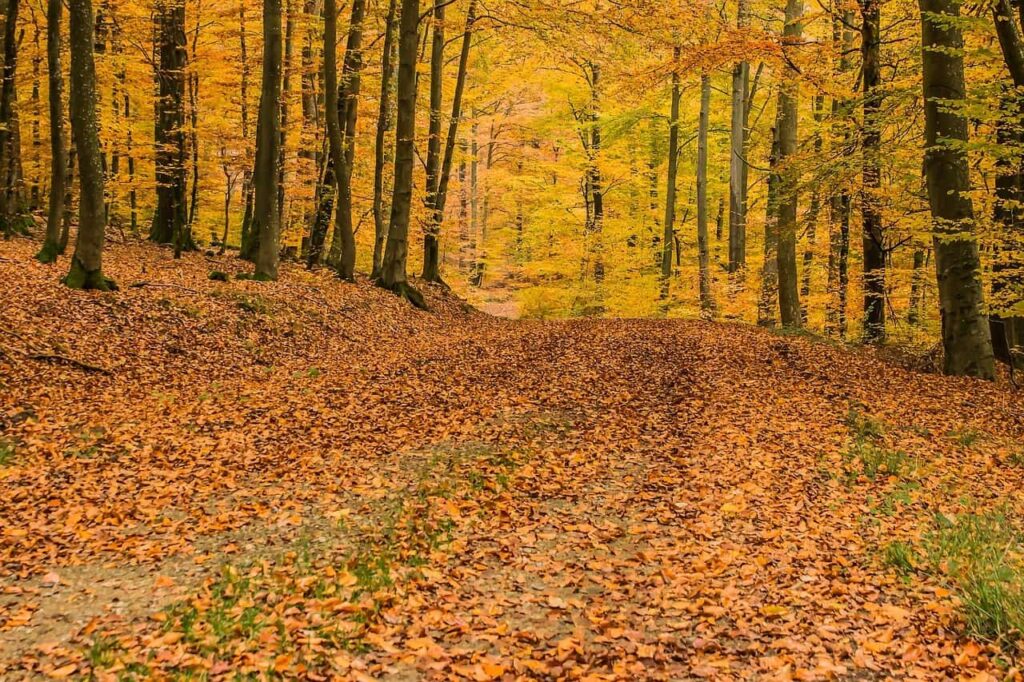 Regions of rainy climate with hot summers and cold winters. The average temperature of the coldest month is between -5 and + 5ºC.
Regions of rainy climate with hot summers and cold winters. The average temperature of the coldest month is between -5 and + 5ºC.
The precipitations are quite abundant, from 200 to 1,500 mm ., With humidity throughout the year.
Winters are cold and summers are warm , with abundant and well-distributed rainfall throughout the year.
There is only a small water deficit in late summer, but in spring there is a high surplus of water in the soil.
In other temperate regions there are other types of trees that do not belong to the deciduous forest biome.
They are temperate evergreen forests , much more diverse than deciduous, living in temperate and humid climates, but warmer.
In what regions can we find these forests?
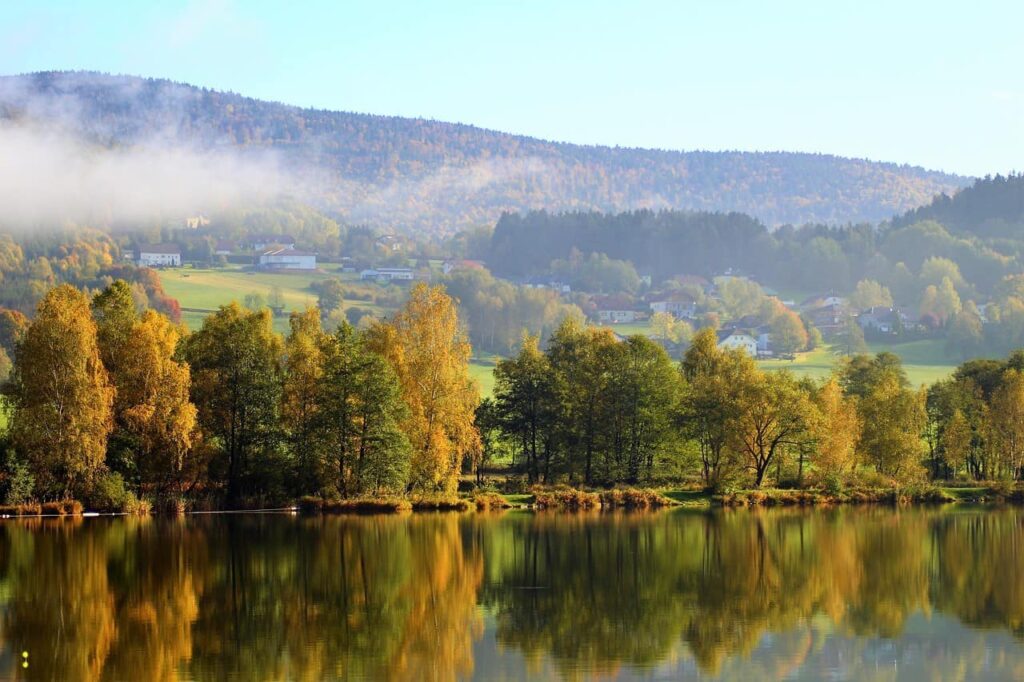 Deciduous forests in general are located between 35º and 60º latitude on the western coasts of Europe.
Deciduous forests in general are located between 35º and 60º latitude on the western coasts of Europe.
In addition to those in Europe, deciduous forests are also known in Asia and much of North America.
Some deciduous forests include northeastern China, the Great Smoky Mountains National Park in the United States, and the renowned European temperate deciduous or deciduous forest.
But the largest temperate forest biome in the world is found in the northern part of Russia and in the Scandinavian countries. Here you can find 3.5 million square kilometers of land covered with trees.

![Photo of Freesia: [Planting, Care, Irrigation, Substrate, Flowering and More]](https://www.complete-gardening.com/wp-content/uploads/2022/08/freesia-planting-care-irrigation-substrate-flowering-and-more-390x220.jpg)
